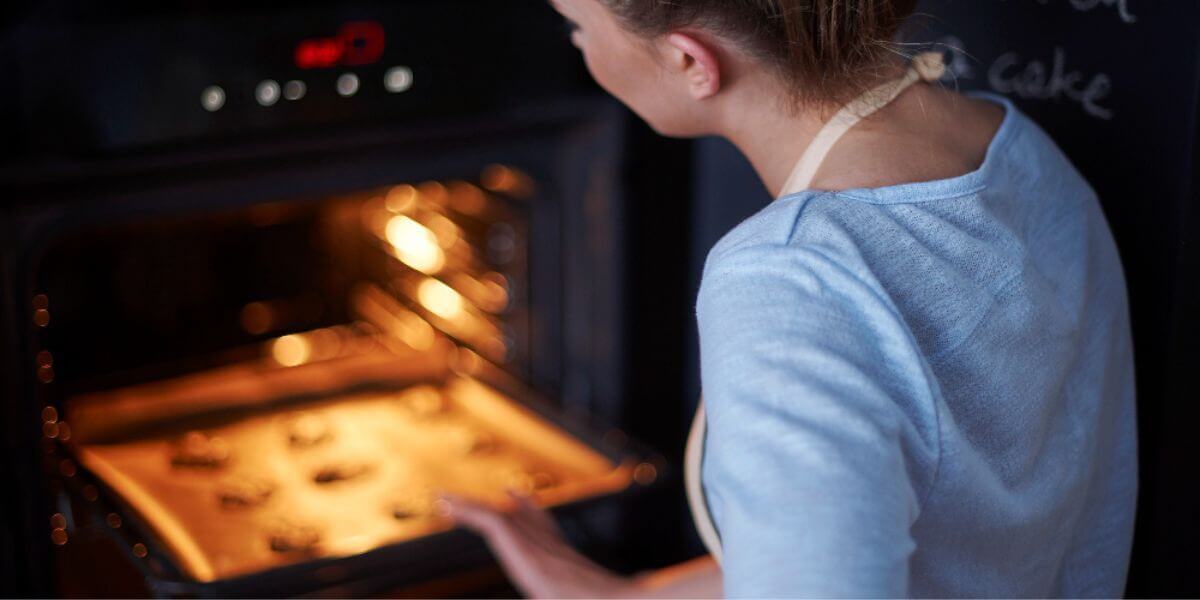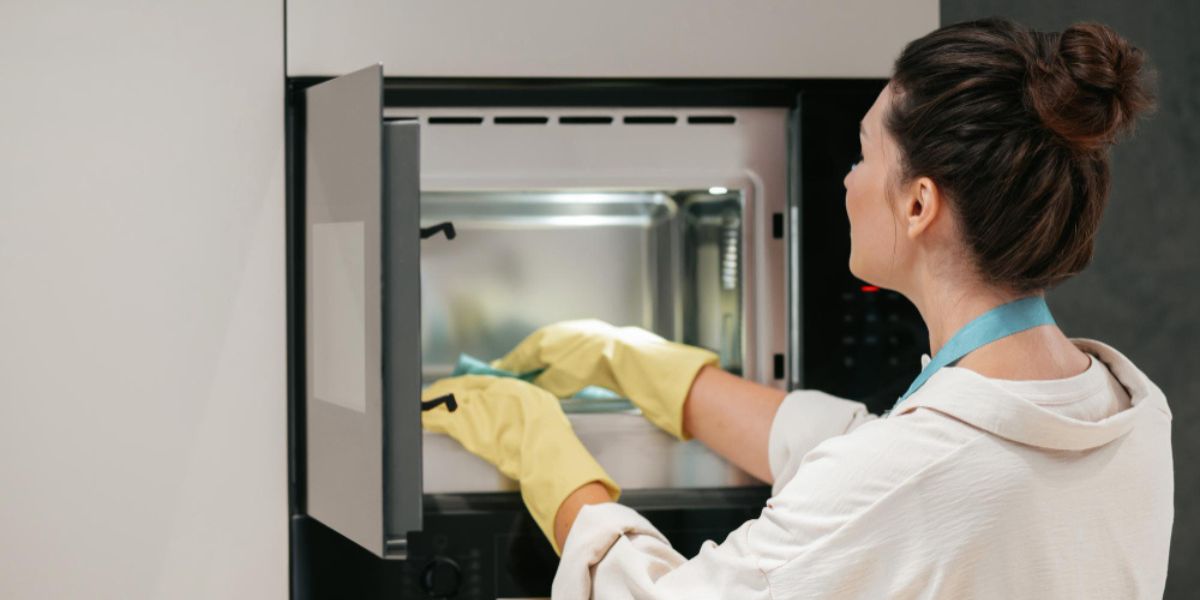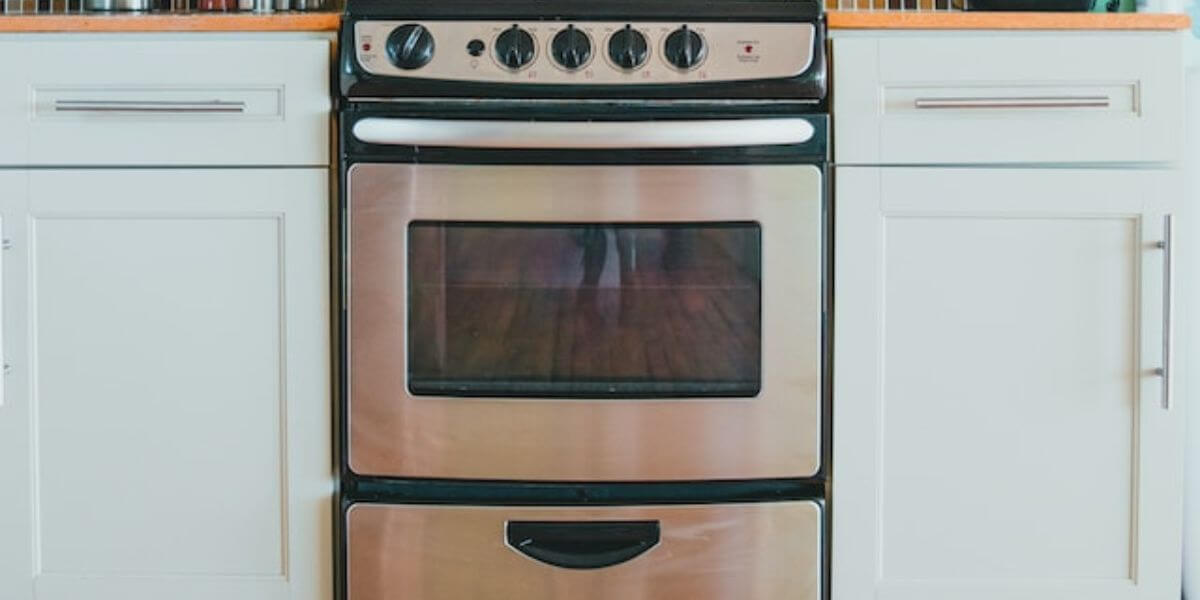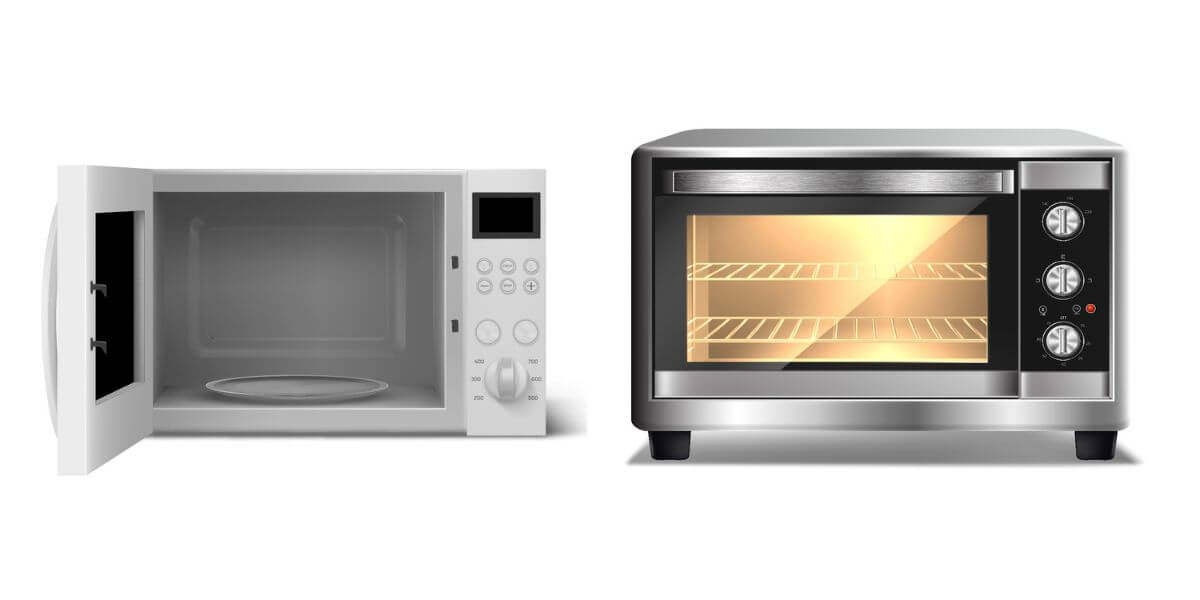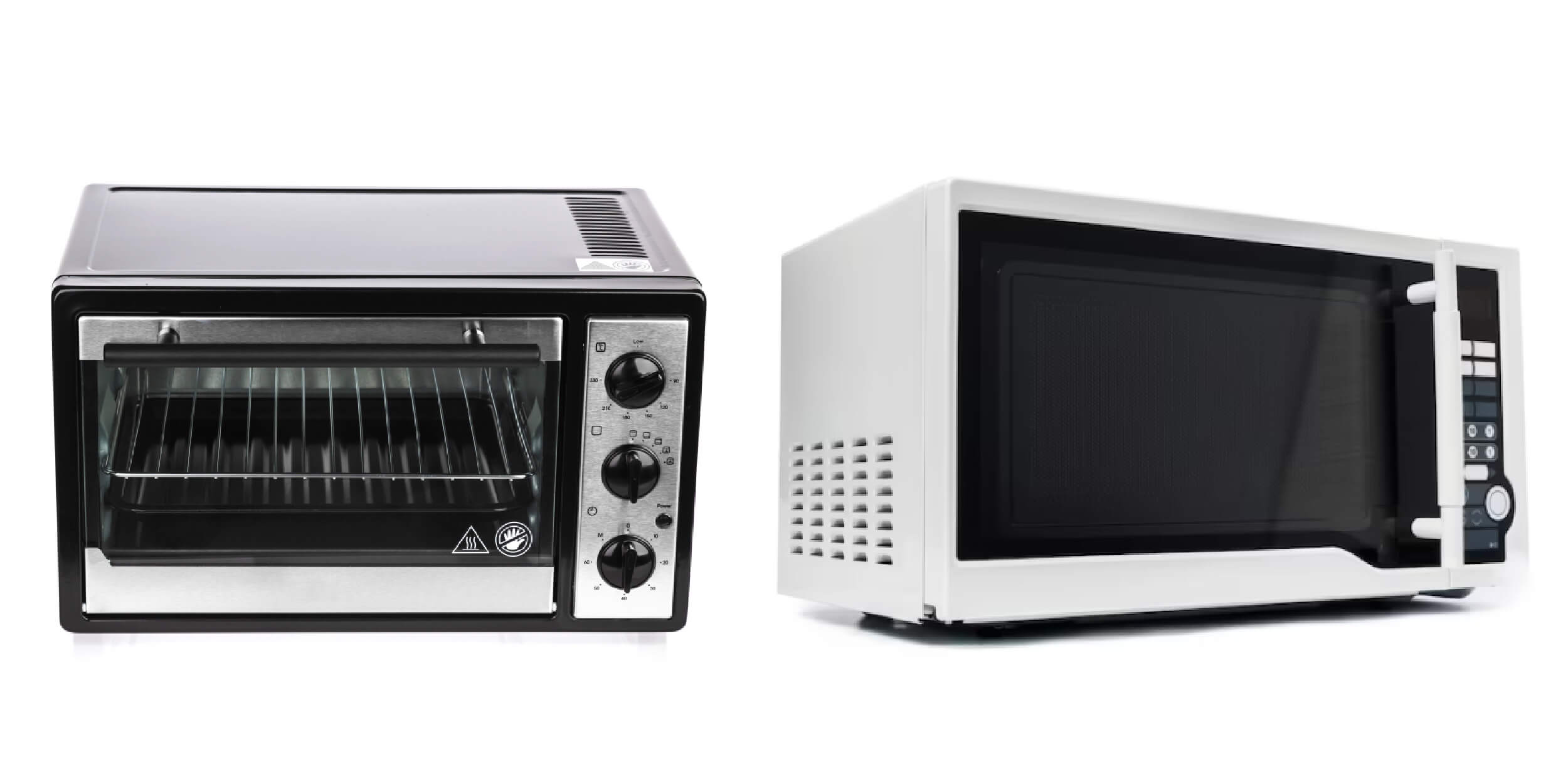How Hot Does Microwave Get? Everything You Need To Know
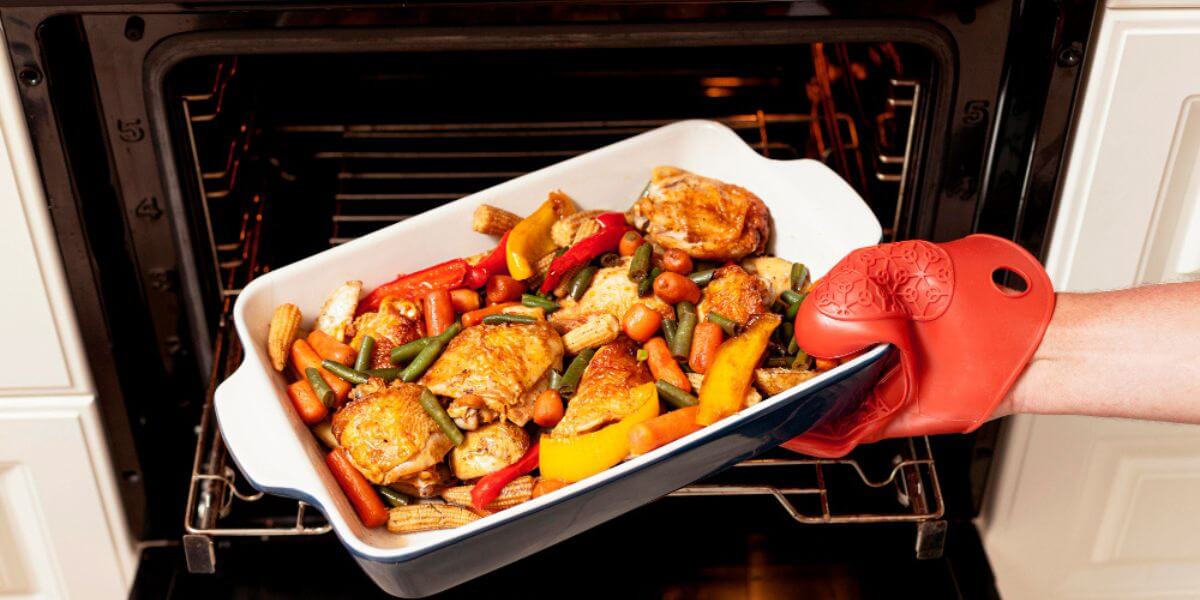

Microwaves have become essential to modern kitchen appliances, allowing a quick and convenient way to heat our food. But have you ever wondered how hot a microwave can get? In this article, we will delve into the mechanics of microwaves and explore the factors that determine their temperature. Let’s get started!
What is a Microwave?
A microwave is an electromagnetic wave that falls within the spectrum of radio waves. It operates at a frequency of approximately 2.45 gigahertz and uses this energy to heat food by agitating water molecules within it. Microwaves are generated by a magnetron, a specialized vacuum tube that converts electrical energy into electromagnetic waves.
How Does a Microwave Work?
When you place food inside a microwave and turn it on, the magnetron generates microwaves that travel into the microwave’s cooking chamber. These waves bounce off the chamber’s reflective metal walls, ensuring they remain contained within. As the microwaves pass through the food, they cause water molecules to vibrate rapidly, generating heat throughout the item.
How Hot Does Microwave Get?
The temperature a microwave can reach depends on various factors, including the microwave’s wattage, the amount of food being heated, and the cooking time. Typically, a microwave can heat food to temperatures between 140°F (60°C) to 170°F (75°C). However, it is essential to note that the temperature may vary across different parts of the food, and it’s necessary to stir or rotate the food to ensure even heating.
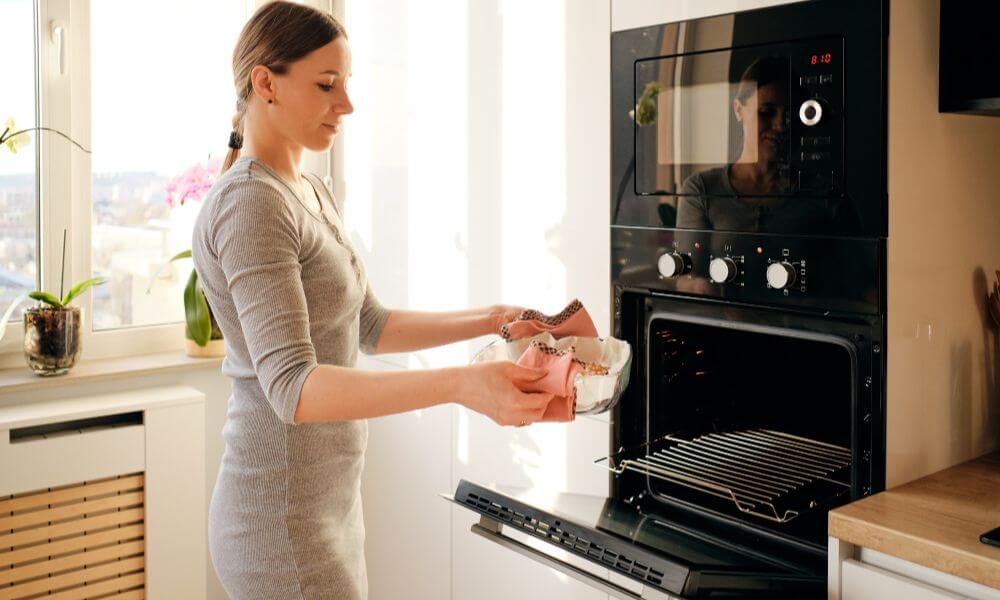
Microwave Temperature Chart
Here’s a rough guideline of the temperature ranges that microwaves can achieve:
- Low: 140°F to 160°F (60°C to 70°C)
- Medium: 160°F to 170°F (70°C to 75°C)
- High: 170°F and above (75°C and above)
The Wattage of a Microwave
Microwaves come in various wattages, typically ranging from 600 to 1200 watts. The higher wattage, the faster microwave can heat the food. Higher-wattage microwaves tend to reach higher temperatures, which can be beneficial for cooking or reheating certain types of food quickly.
What Happens When a Microwave Gets Too Hot?
When a microwave gets too hot, it can lead to overheating, which might trigger its thermal safety cut-off. This safety feature automatically shuts down the microwave when it detects excessive temperatures, preventing potential damage or hazards.
How Long Does it Take a Microwave to Cool Down?
The time it takes for a microwave to cool down depends on several factors, including its wattage and how hot it becomes during operation. Generally, a microwave will cool down within 5 to 10 minutes after use. To expedite the cooling process, leave the microwave door open slightly, allowing the hot air to escape.
How Hot Does the Interior of a Microwave Get?
The interior of a microwave can get fairly warm during operation. However, the exterior remains relatively calm thanks to the insulation and reflective metal walls. This design ensures the microwave is safe and minimizes the risk of burns or injuries.
What Affects the Temperature in a Microwave?
Several factors can influence a microwave’s temperature, including the type of food being heated, the container used, and the cooking time—foods with a high water content heat faster than those with lower water content. Additionally, microwave-safe containers can ensure the food is heated evenly and safely.
How to Fix an Overheated Microwave
If your microwave overheats and triggers the thermal safety cut-off, the first step is to unplug it and let it cool down. After a few minutes, plug it back in and resume using it. If the problem persists, it is crucial to consult the manufacturer’s guidelines or contact a qualified repair technician.
Microwave Maintenance and Safety Tips
To ensure your microwave functions optimally and safely, here are some maintenance and safety tips:
- Keep the microwave clean and free from spills or food debris.
- Check the door seal regularly to prevent any leakage of microwaves.
- Use microwave-safe containers and avoid metal or aluminum foil in the microwave.
- Never operate an empty microwave, as it can damage the magnetron.
- Periodically check the power cord and plug for any damage or fraying.
Sustainable Microwave Use
Using a microwave efficiently can contribute to sustainable practices in the kitchen. Microwaves are generally more energy-efficient than conventional ovens, as they heat food directly and quickly. Using the appropriate power level and cooking time can save energy and reduce carbon footprint.
Conclusion
In conclusion, microwaves are incredible kitchen appliances that use electromagnetic waves to heat food rapidly. They can reach temperatures between 140°F to 170°F, depending on the wattage and cooking time. Use microwave-safe containers, maintain your microwave correctly, and practice sustainable microwave use for a more environmentally friendly kitchen.
Frequently Asked Questions
Can I put metal in the microwave?
No, metal should never be placed inside a microwave as it can cause sparks and damage to the appliance.
How long should I microwave food to ensure it’s safe to eat?
To ensure the food reaches the recommended internal temperature, following the cooking directions on the container or using a food thermometer is necessary.
Is it safe to microwave plastic containers?
Not all plastic containers are safe for microwave use. Look for containers labeled as “microwave-safe” before using them in the microwave.
Can I use my microwave to defrost food?
Yes, microwaves often come with a defrost setting, allowing you to thaw frozen food quickly.
What’s the difference between a microwave and a convection oven?
A microwave heats food with electromagnetic waves, while a convection oven uses hot air circulation to cook food.
